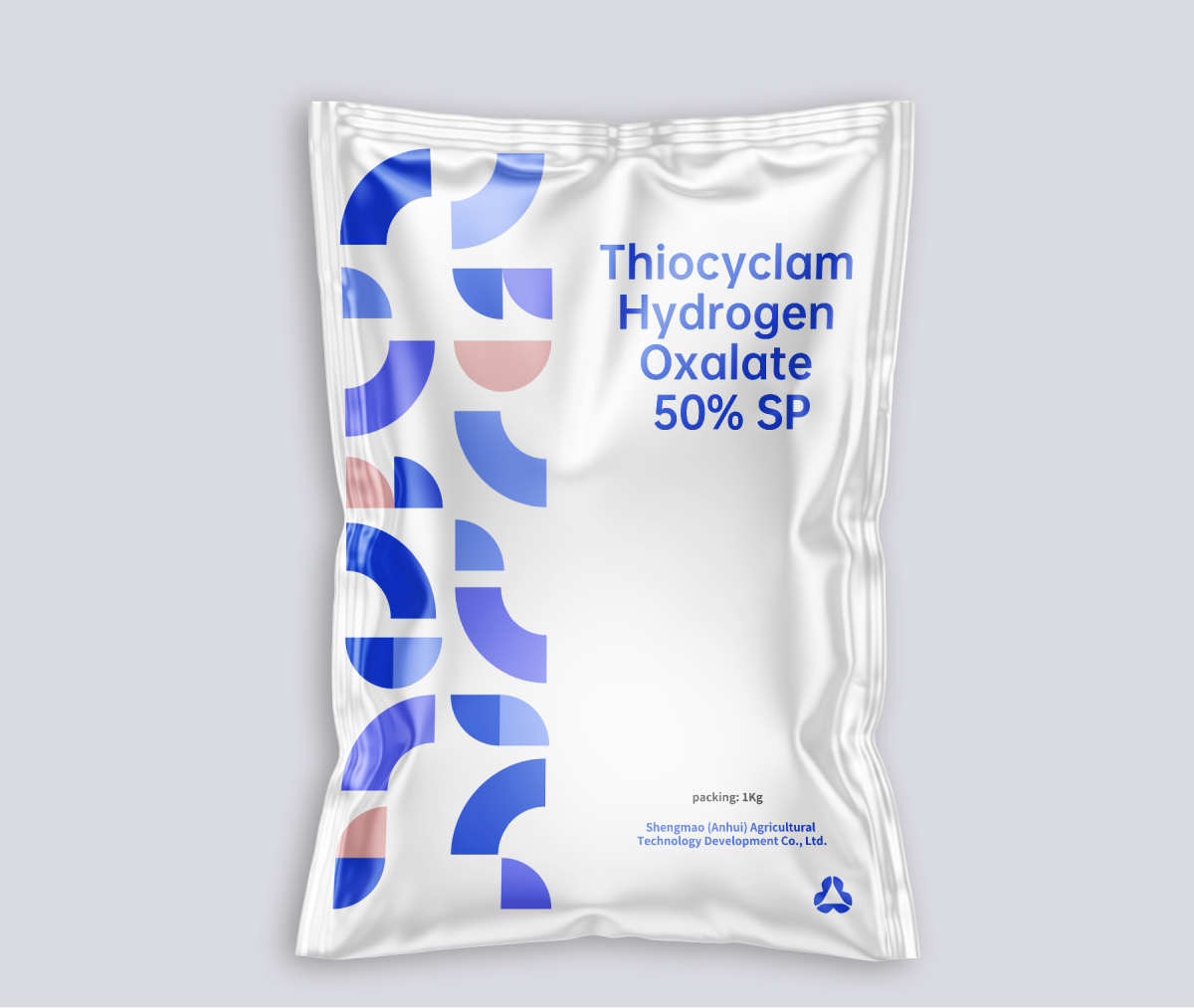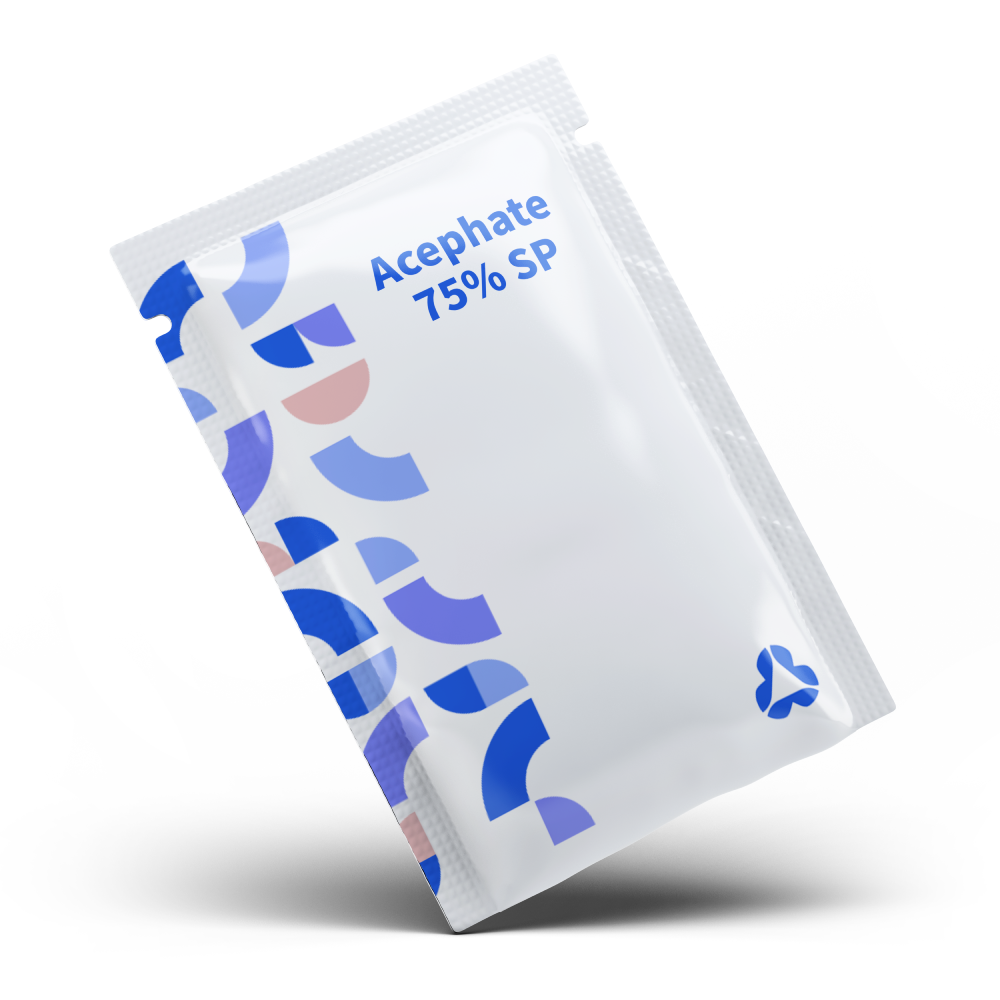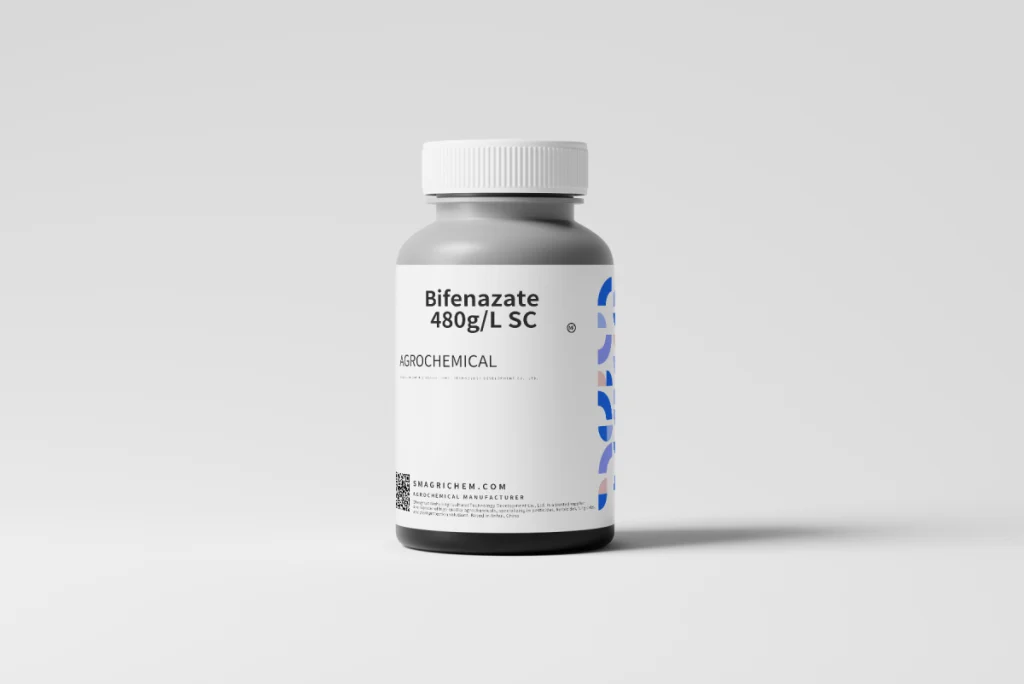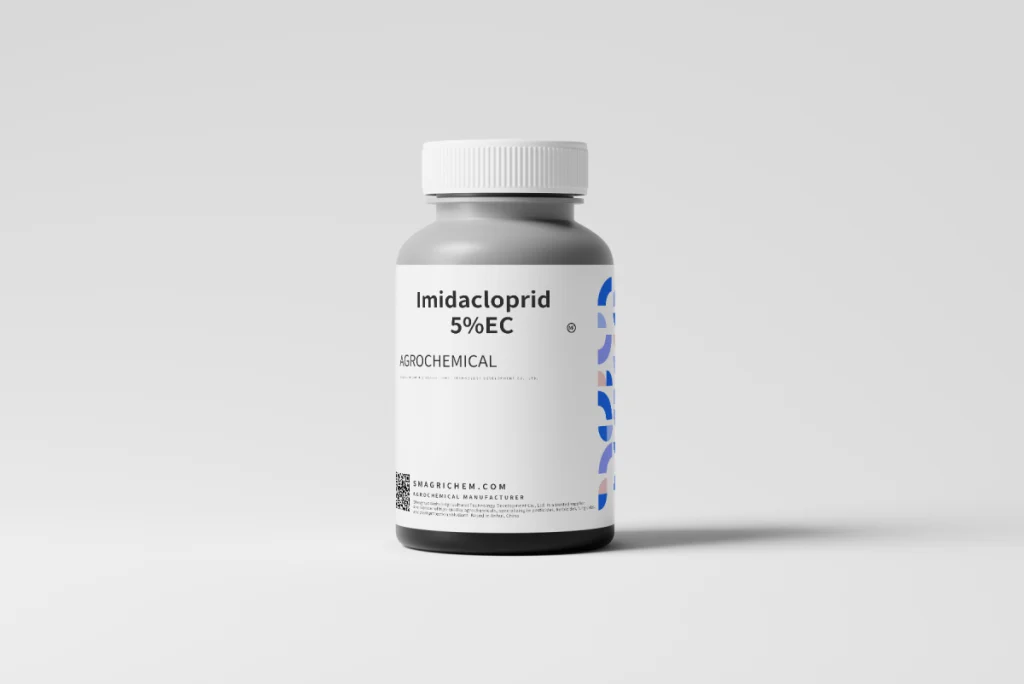Active Ingredient: Thiocyclam Hydrogen Oxalate (50%)
Formulation: Soluble Powder (SP)
Chemical Class: Silkworm toxin-based insecticide
Primary Use: Controls chewing and sucking pests via contact, stomach toxicity, and systemic action in rice, onions, and other crops.




